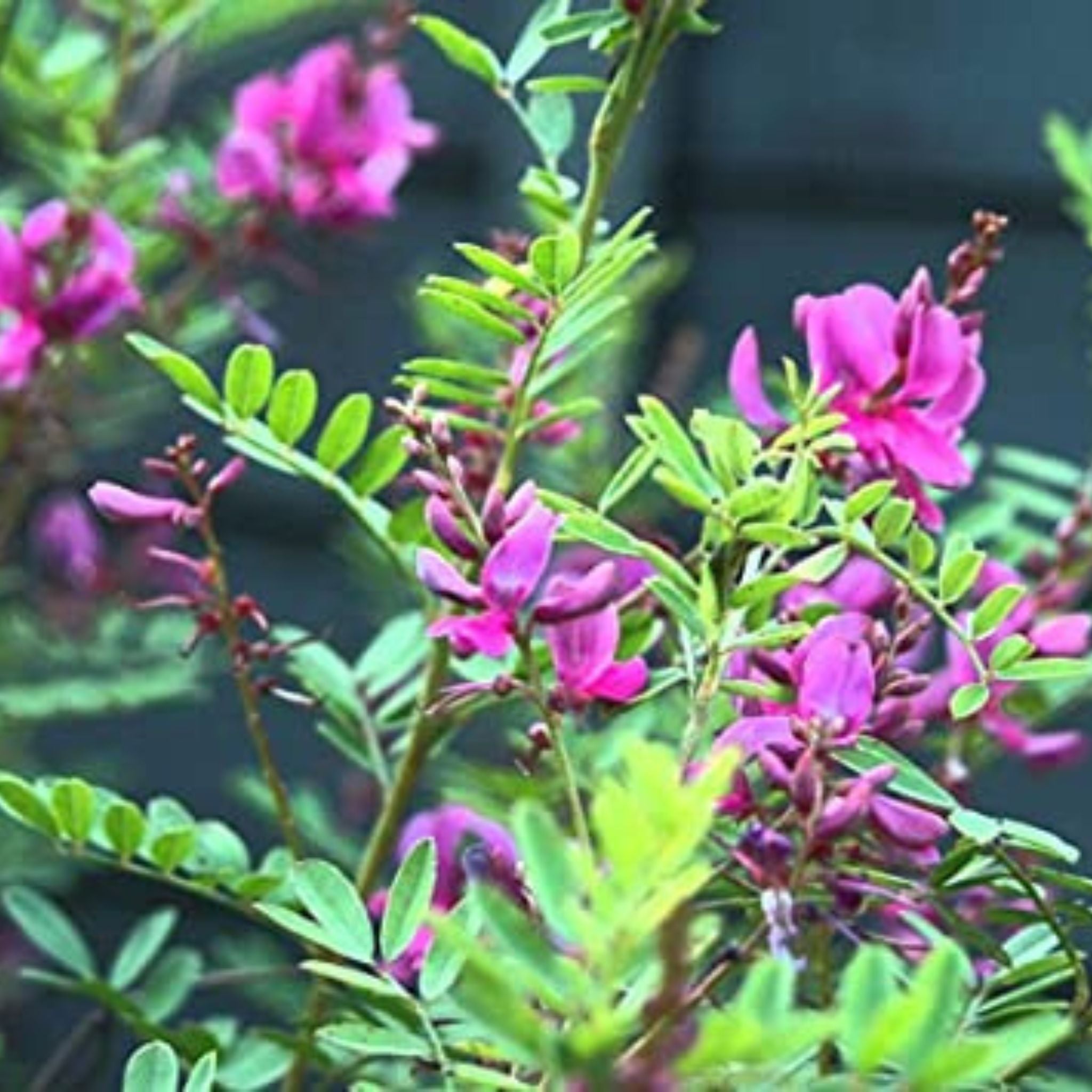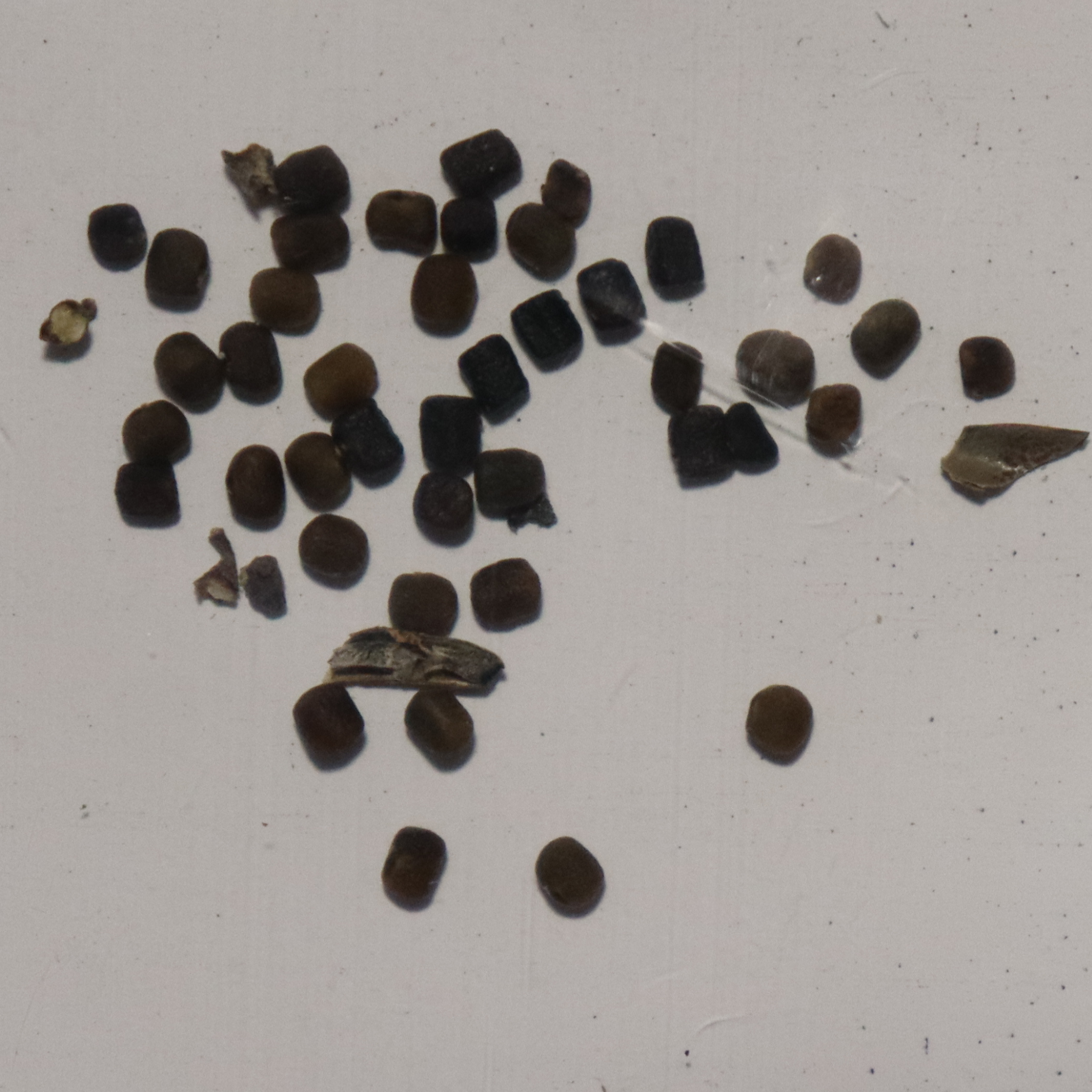

Product Description - Organic Neela Amari/Avuri Seeds - Open Pollinated
- Neela Amari Indigofera tinctoria is either biennial or perennial.
- The best time to plant is in September-October. The flower blooms 2-3 months after sowing seeds.
- The purple-blue flowers of Neela Amari can be powdered and dried to be used as natural dye. Oil from the dried leaves is used to treat hair fall.
- As an important medicinal plant in Ayurveda, Neela Amari is used to treat asthma, epilepsy, gout, abdominal illness, cough, depression, arsenic poisoning, animal and insect bites.
A woody shrub native to South Asia, Neela Amari or Neelayamari is used as a dye and also as a medicinal plant in ayurveda especially to relieve pain and inflammations. As a medicine, the plant is used to treat epilepsy, gout, abdominal illness, cough, depression and asthma. In addition, the plant is used to treat metal poisoning, arsenic poisoning, poisonous mushroom consumption and animal and insect bites.
The famous application of Neela Amari is its use in hair care. The oil from the dried Neela Amari leaves is traditionally used as a hair growth oil, while the powdered dried leaves is used as a natural dye.
Specifications
|
Botanical name |
Indigofera tinctoria |
|
Common name |
Neelayamari, Neela Amari |
|
Type of the plant |
Biennials, Perennials |
|
Mature size |
7-8 inches tall |
|
Sunlight requirements |
Full sun to partial shade |
|
Soil Type |
Well-drained, fertile soil |
|
Blooming season |
Winter |
|
Common flower colors |
purple-blue |
How to Care
- Neela Amari requires a loose, well drained, fertile soil. For faster germination, ensure the seeds are completely coated in sand.
- The plant can adapt comfortably in partial shade.
- The best time to sow is September or October. Flowering starts 2-3 months after sowing.
- Neela Amari requires moist soil, so it is important to water whenever the top 1 inch of the soil is dry.
- Moisture retention is important for the plant to bloom and thus the soil should be tilled often to improve air circulation. The plants cannot bear overwatering, thus watering should be kept at a check. It is also essential to weed once in 3-4 weeks.
- Psyllid arytaina puctipennis is the pest that most commonly affects the plant leading to dropping leaves, curling leaves and wilted stems. The pests can be controlled by watering the leaves with a hose and by applying pesticides at regular intervals.
- To fertilize, apply cow dung manure every 4-6 weeks to ensure supply of essential nutrients.




